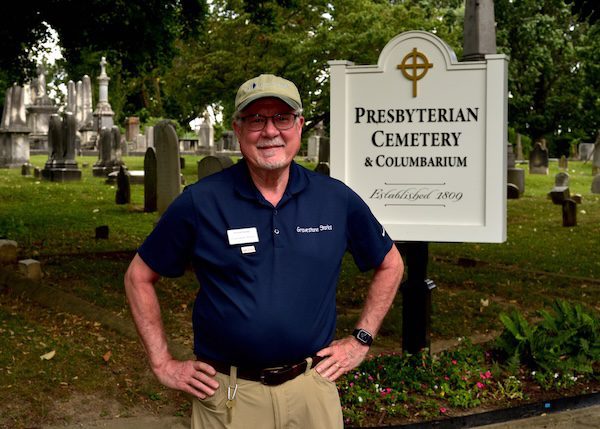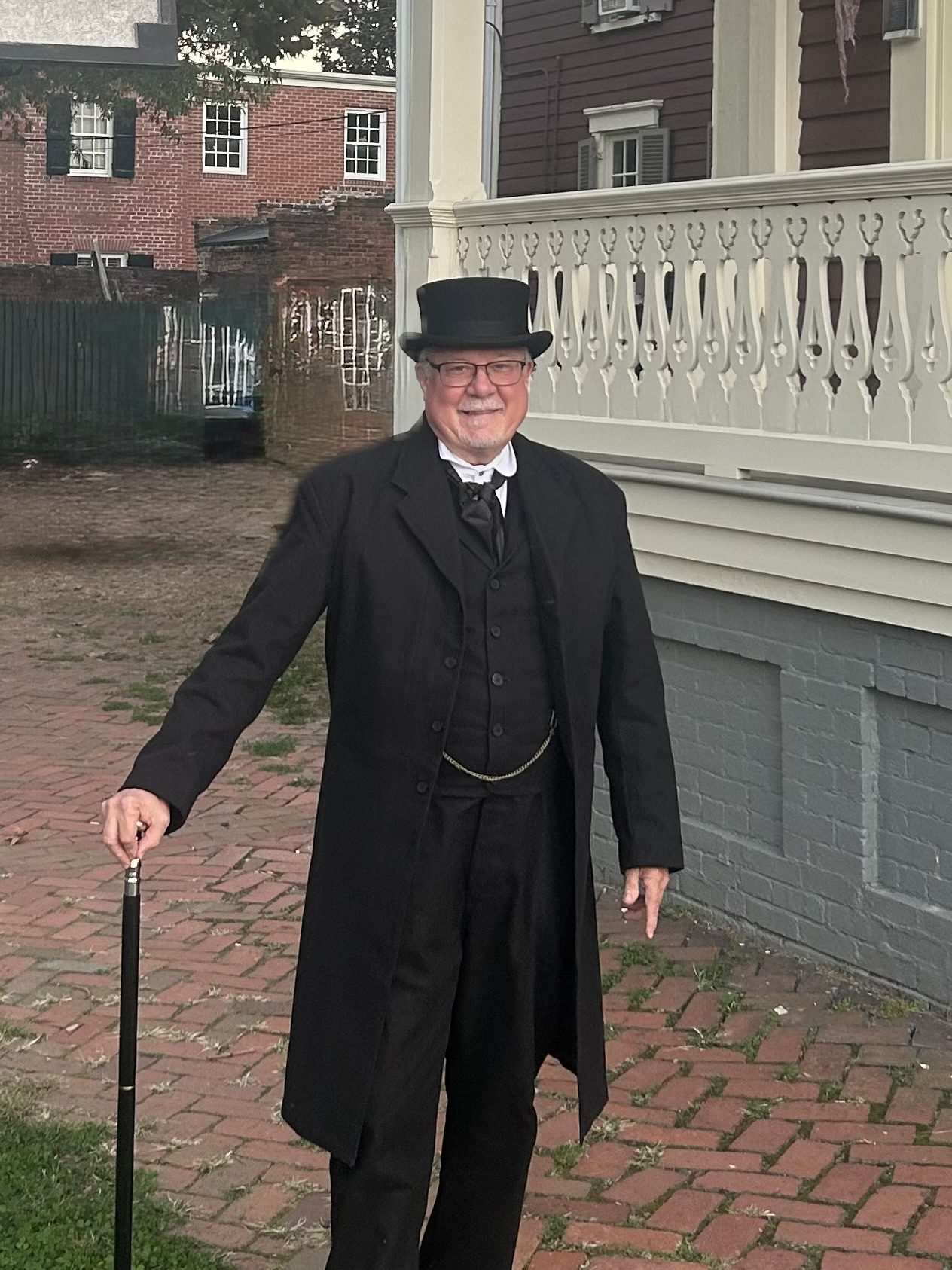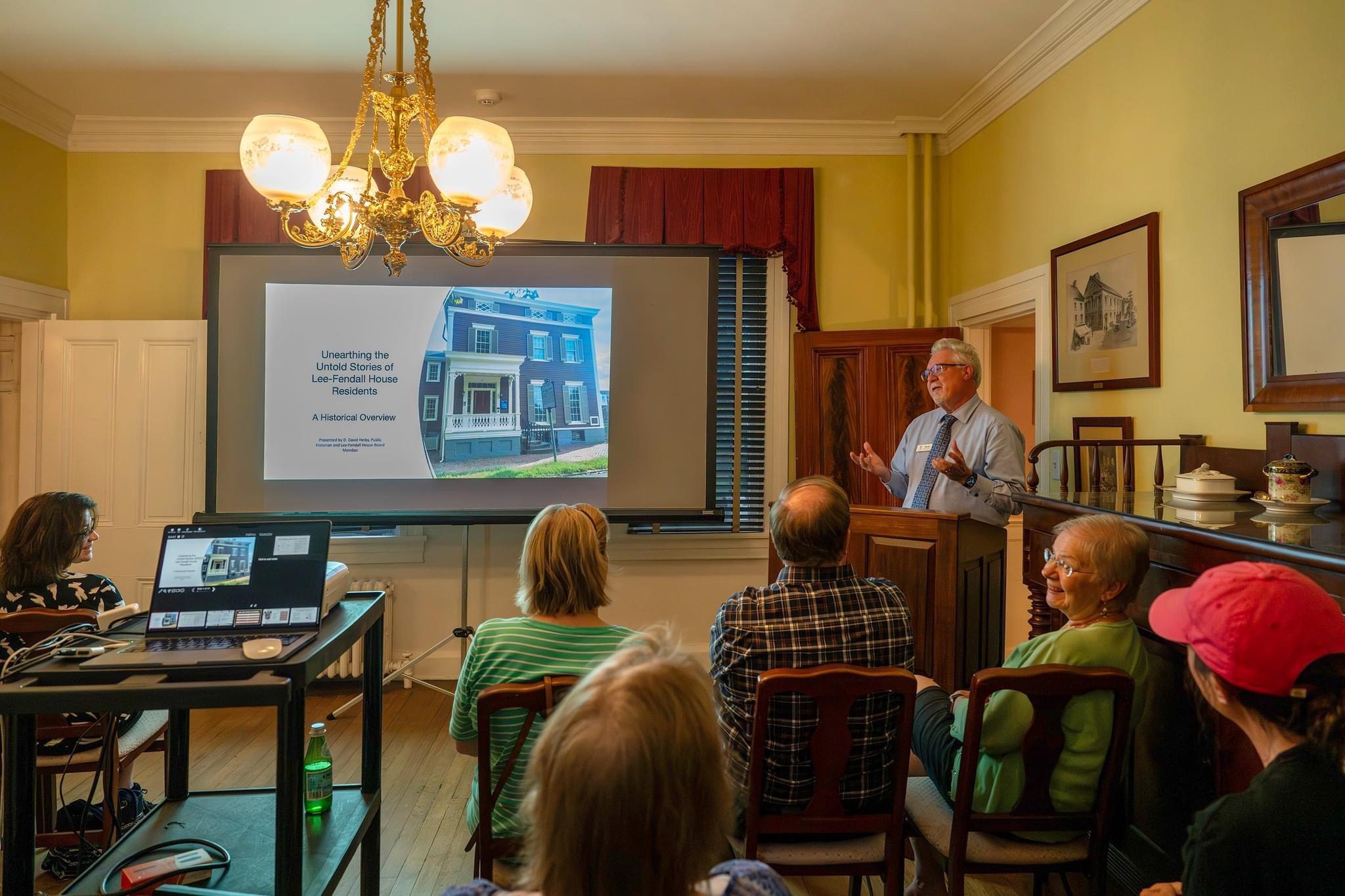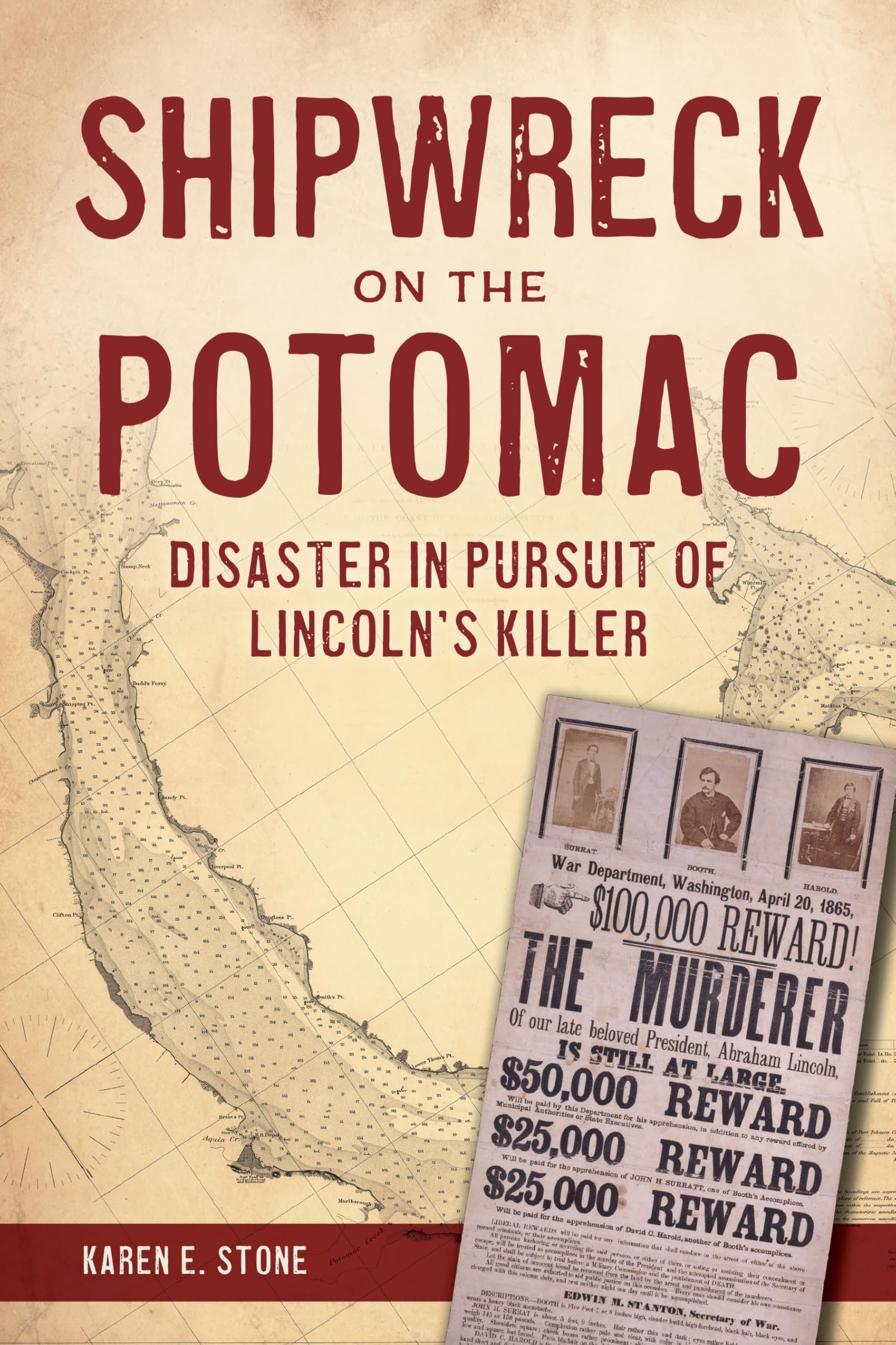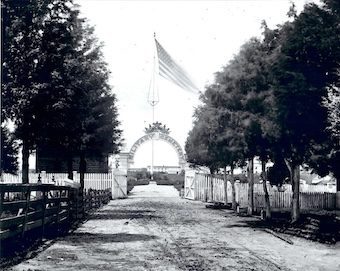This archive preserves our past featured gravestones. Current featured gravestones can be found on our main site sidebar.
Rediscover Alexandria’s Past—One Gravestone at a Time
In our Featured Gravestone series, we highlight remarkable burials from Alexandria’s cemeteries to spark curiosity and encourage exploration. These stories, linked to our Notable Burials and Blog posts, showcase the lives of individuals who shaped history, from well-known figures to those whose legacies have been nearly forgotten.
Dr. Holmes Offley Paulding: Army Surgeon – St. Paul’s Cemetery
Captain Holmes Offley Paulding, a U.S. Army assistant surgeon, bore witness to the aftermath of the Battle of the Little Bighorn in June 1876. His detailed diary offers a rare firsthand perspective on the tragic loss of Custer and the 7th Cavalry. A descendant of Revolutionary War hero John Paulding and grandson of Rear Admiral Hiram Paulding, Holmes forged his own path in military medicine. He died in 1883 at just 30 years old and is buried in Lot 187 of Alexandria’s St. Paul’s Cemetery.
Buried in St. Paul’s Cemetery →
Martin Swick: Civil War Soldier — Alexandria National Cemetery
A Private in the 126th Ohio Infantry, Martin Swick was mortally wounded at the Battle of Spotsylvania Courthouse in May 1864. Evacuated to Alexandria, he died at the Grosvenor Branch Hospital—now the Lee-Fendall House Museum, where his name appears in the original hospital register. Swick is buried in Grave A 816-60 at Alexandria National Cemetery. His wartime Bible, preserved by a descendant, is currently featured in a special exhibit at the Lee-Fendall House.
Buried in The Alexandria National Cemetery →
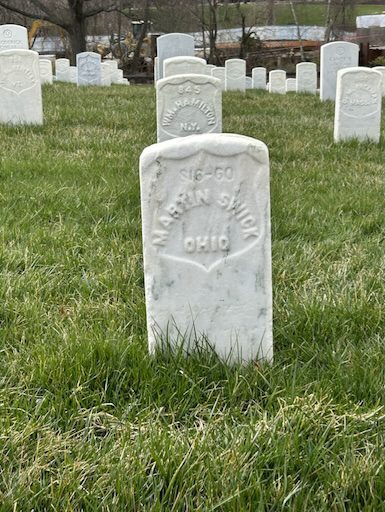
Joseph McCoy: Lynching Victim — No Known Grave
On April 23, 1897, 18-year-old Joseph McCoy was lynched by a white mob in Alexandria after being forcibly removed from police custody. Beaten, shot, and hanged at Cameron and Lee Streets, McCoy was buried in an unmarked pauper’s grave in Penny Hill Cemetery. His story endures as a solemn reminder of racial terror and injustice. Say his name.
No gravestone. Buried in Penny Hill Cemetery, Alexandria, VA. →

Alva Lee Harvey: The Aviator Who Helped Launch the First Flight Around the World

On April 6, 1924, Staff Sergeant Alva Harvey took off from Seattle in the Seattle, one of four planes attempting the first aerial circumnavigation of the globe. Though a crash in Alaska cut his journey short, Harvey’s courage, survival, and later achievements in WWII aviation history are nothing short of extraordinary. Buried in the Presbyterian Cemetery, his stone marks a life that helped push the boundaries of flight.
Caroline Branham: The Enslaved Witness to Washington’s Final Moments and a Legacy of Strength
Though she lies in an unmarked grave, Caroline Branham’s legacy is deeply etched in American history. Enslaved at Mount Vernon, she was Martha Washington’s chambermaid and one of the few individuals present during George Washington’s final moments on December 14, 1799. Her role extended beyond household duties—she bore witness to history itself.
After Martha Washington’s passing, Caroline was inherited by George Washington Parke Custis and later lived at Arlington House. There, she shared her firsthand account of Washington’s death with historian Jared Sparks, securing the freedom of her grandson, Robert Robinson. Despite the injustices she endured, her resilience ensured that her story—and that of her family—would not be forgotten. On this anniversary of her passing, we honor Caroline Branham, a remarkable woman whose life, though marked by servitude, was defined by strength and historical significance.
🔗 Read more: Caroline Branham: The Enslaved Chambermaid Who Witnessed George Washington’s Final Moments
William Gregory: From Scottish Roots to an Alexandria Legacy

The gravestone of William Gregory in Alexandria, Virginia, marks the final resting place of a man whose journey spanned continents and centuries. Born in Scotland, Gregory went to America and became a prominent merchant and shipowner in Alexandria. His business acumen and civic engagement helped shape the bustling port city during the early 19th century.
Though time has passed, Gregory’s legacy remains etched in stone, a reminder of the transatlantic connections that influenced Alexandria’s growth. His gravestone is a testament to his contributions, preserving the story of a Scottish immigrant who left an indelible mark on his adopted home.
To learn more about William Gregory’s fascinating life, visit Discover the Life of William Gregory.
404 S. Royal Street, The Home of George Lewis Seaton
While the final resting place of George Lewis Seaton remains unknown, his legacy is quite literally set in stone at 404 S. Royal Street in Alexandria. This historic home is a testament to Seaton’s enduring influence as a pioneering African American leader in post-Civil War Alexandria. A skilled builder, politician, and educational advocate, Seaton played a crucial role in shaping the city’s future. Though his gravestone may be lost to history, his contributions to Alexandria remain firmly cemented in its past—and present.
To learn more about George Lewis Seaton’s remarkable life and legacy, visit George Seaton: Discovering the Legacy of an Alexandria Trailblazer.
Abraham Myers (1811–1889) – A Love So Strong, It Named a City
The burial site of Abraham Myers (1811–1889) in St. Paul’s Cemetery, Alexandria, Virginia. Myers’ name lives on in Fort Myers, Florida, named in his honor on Valentine’s Day, 1850.
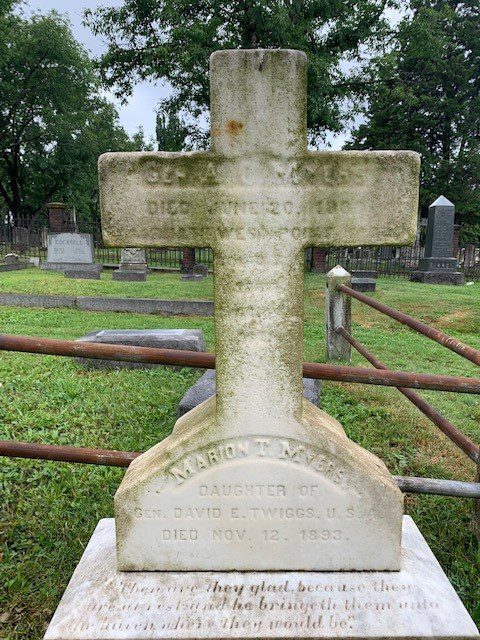
Located in St. Paul’s Cemetery, Alexandria, Virginia, this gravestone marks the final resting place of Abraham C. Myers (1811–1889) and his wife, Marion Myers (1827–1893).
Resting in St. Paul’s Cemetery, Abraham Myers may not be a household name today, but his name lives on in an unexpected place—Fort Myers, Florida. In a grand gesture of love, Myers’ future father-in-law, General David Twiggs, was so overjoyed by his daughter Marion’s engagement that he named a Florida fort after his soon-to-be son-in-law.
The official naming took place on Valentine’s Day, 1850, making Fort Myers one of the few U.S. cities with a love story at its heart.
🔗 Read More at this link!
The Henderson Children – A Tale of Loss in Early Alexandria


The young children of Col. Archibald Henderson, the “Grand Old Man of the Marine Corps,” lie in Section 43:104 of The Presbyterian Cemetery. Their graves tell a poignant story of love and loss.
🔗 Read More → [Link to story]
The 1922 Knickerbocker Theatre Disaster – A Deadly Winter Storm

🔗 Read More → [Link to story]
Julius Campbell Jr. (1953–2019) – A Football Star Remembered
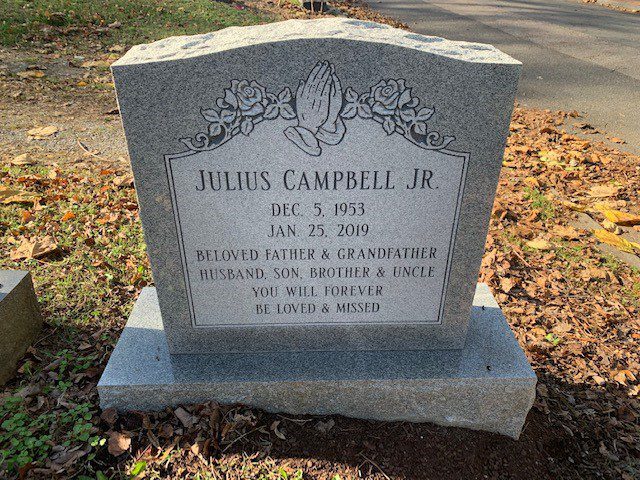
🔗 Read More → Julius Campbell Jr. – A Football Legend
Major Samuel Cooper (1755–1840) – A Boston Tea Party Participant Buried in Alexandria
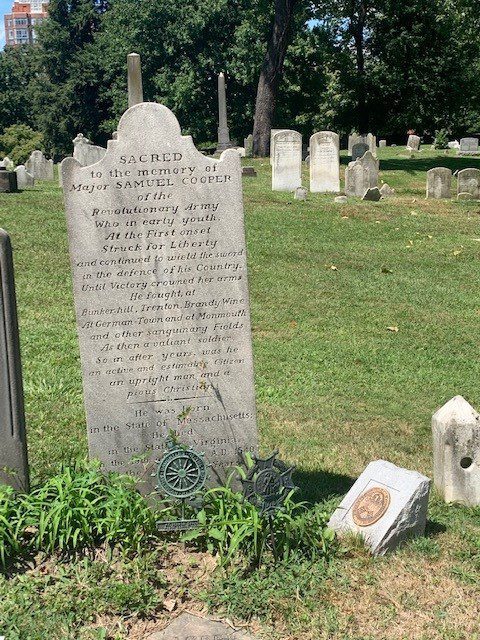
🔗 Read More → The Boston Tea Party Participant Buried in Alexandria
Col. George Gilpin (1740–1813) – Washington’s Pallbearer & Fairfax County Surveyor

🔗 Read More → [Link to story]
Charles Glasscock (1830–1852) – Alexandria’s Forgotten Firefighter

🔗 Read More → [Link to story]
🔍 Explore More Gravestones
Every featured gravestone uncovers a forgotten life, a remarkable story, or a hidden connection to Alexandria’s past. Dive deeper into the histories that shaped this city—one stone at a time.
Explore Notable Burials → [Link]
Read the Blog → [Link]
Join a Guided Tour → [Link]
🔍 Follow Featured Gravestone: Discover More Forgotten Stories
New stories added regularly—check back often for the latest discoveries.
Follow us on social media to see new features, historical photos, and behind-the-scenes research.
